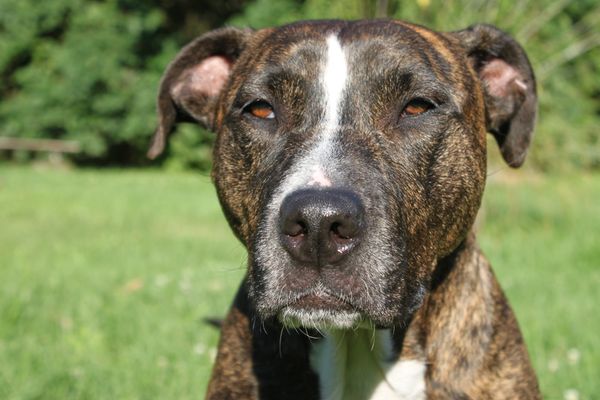By Gaby Dufresne-Cyr, CBT
Lately, it seems, people want their dogs to be perfect. More and more people register for puppy classes to start their dogs off right. Then people register for private sessions, enroll in dog sports, obedience…

Nov 23 2015























